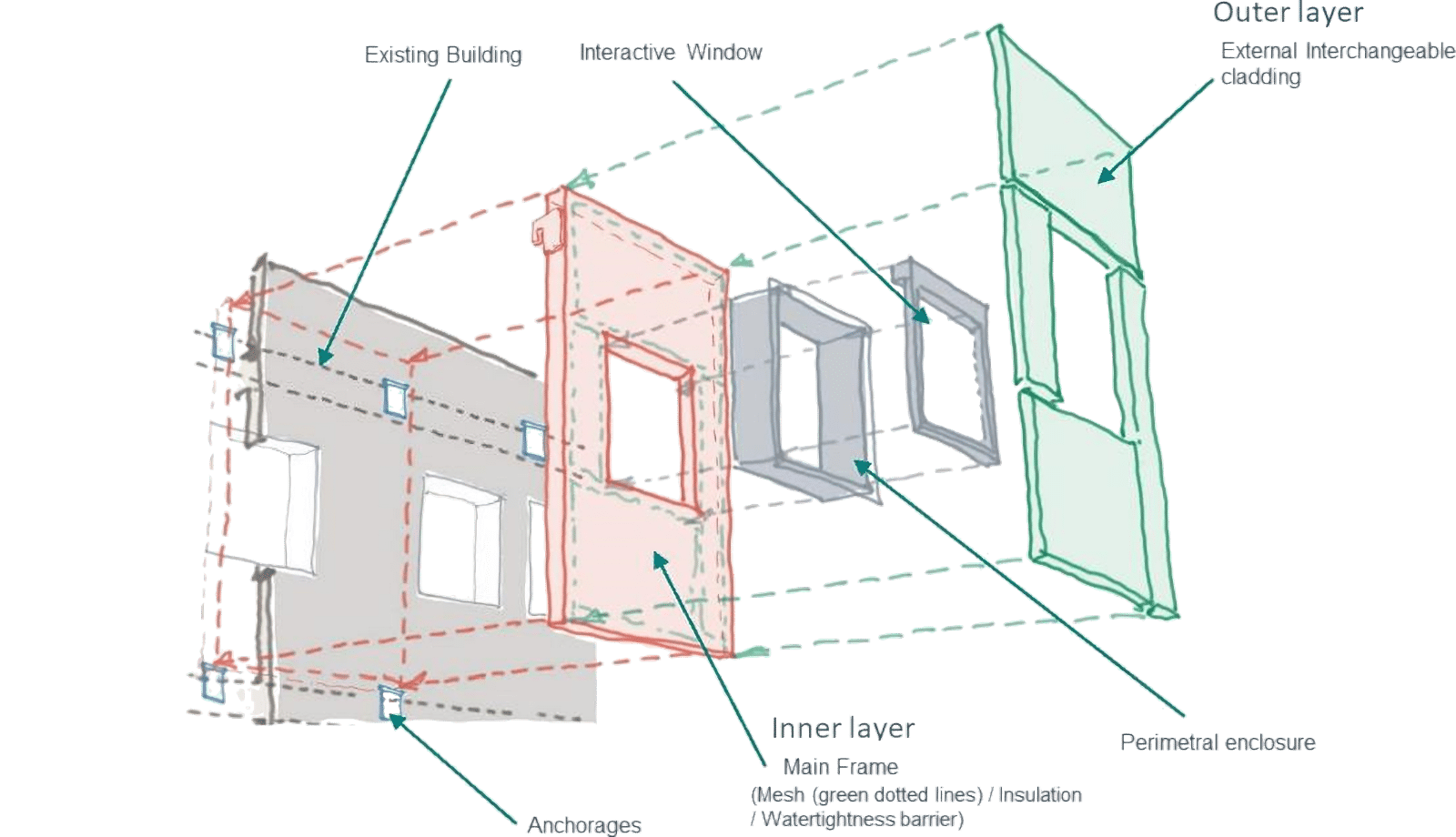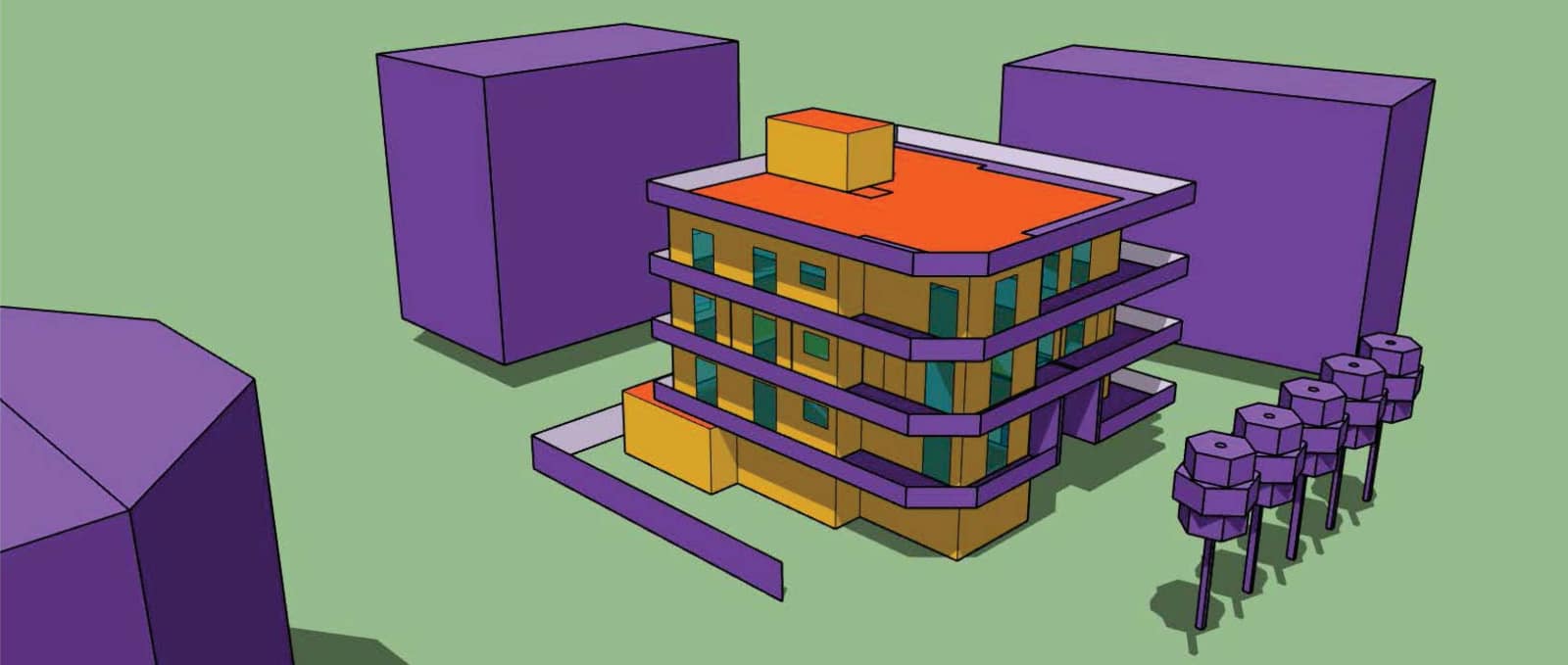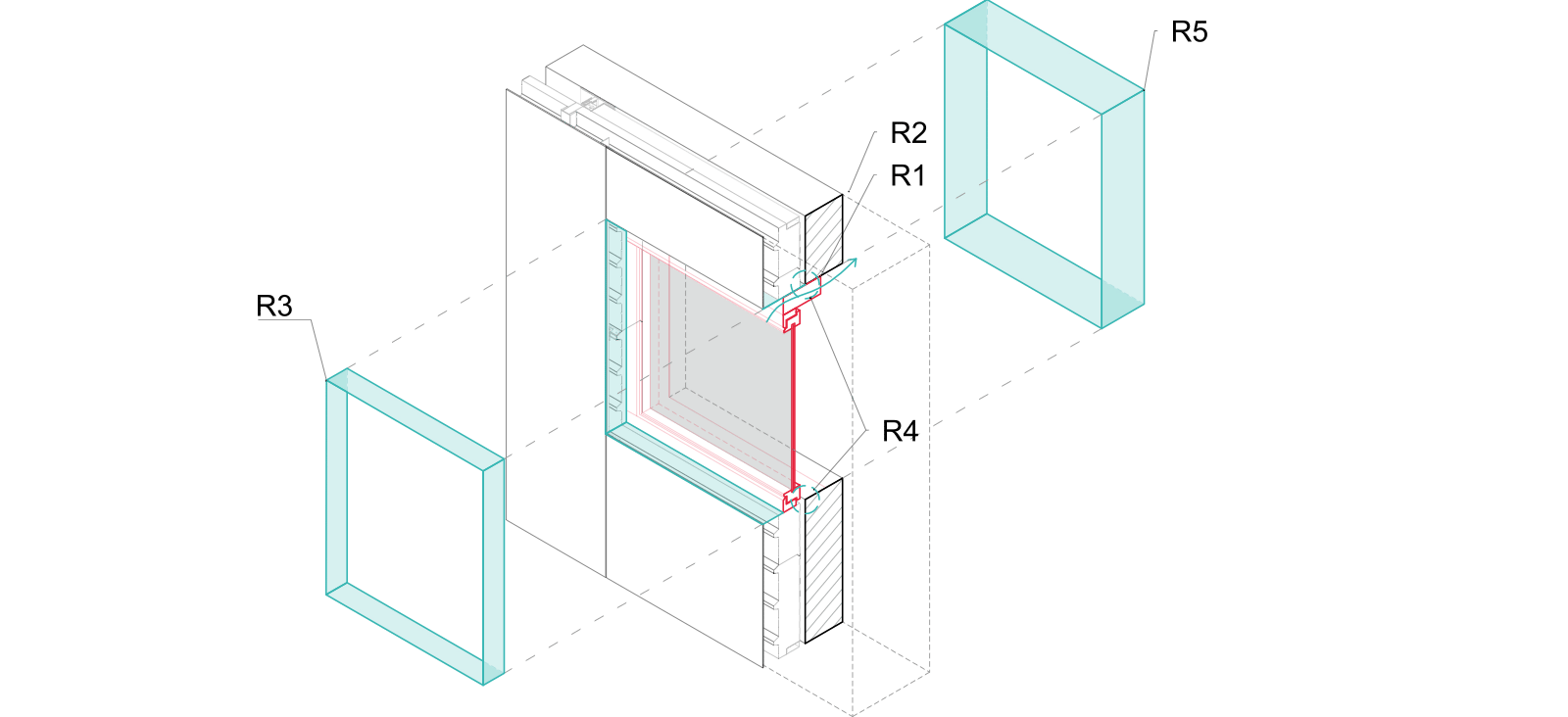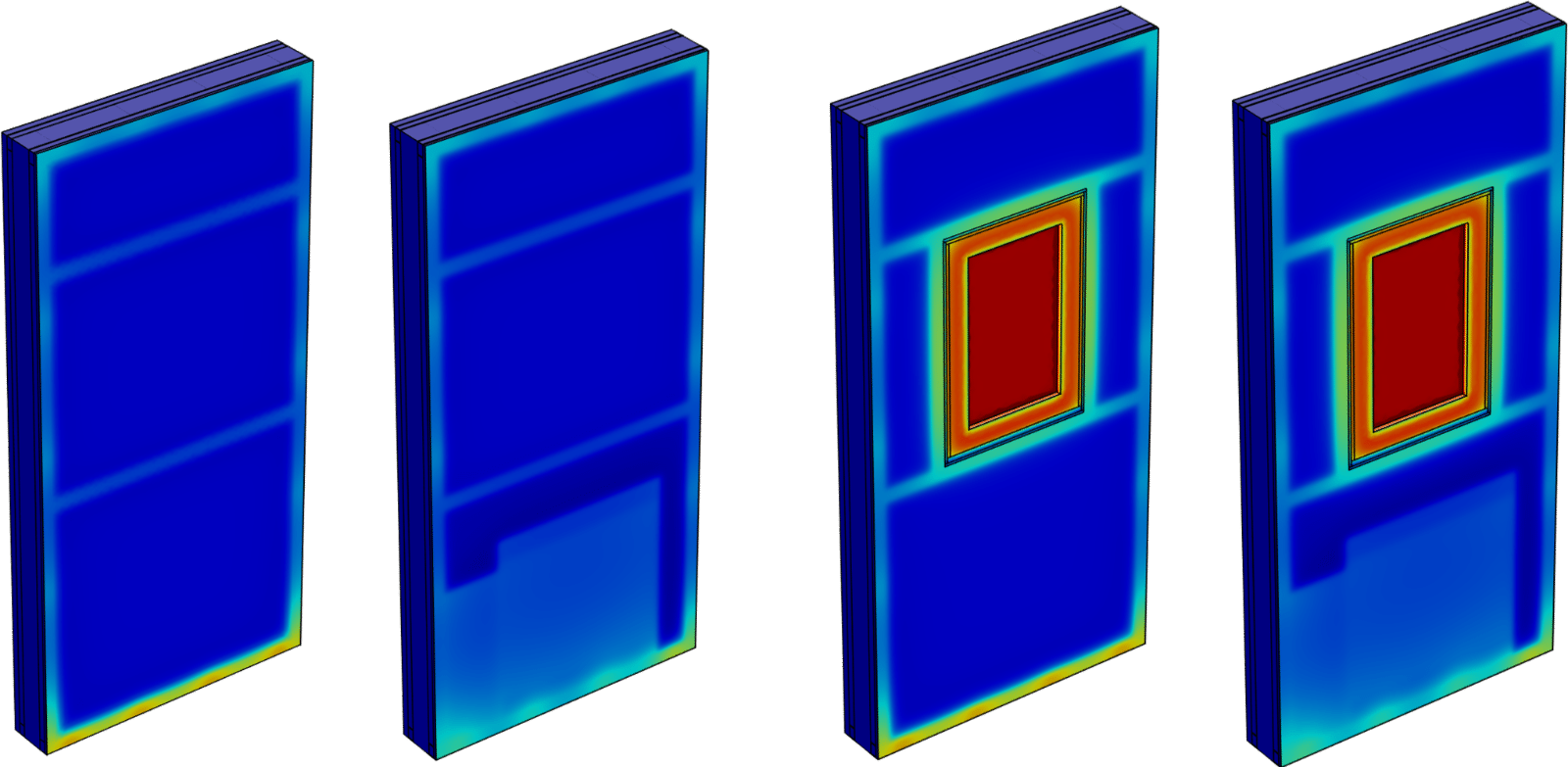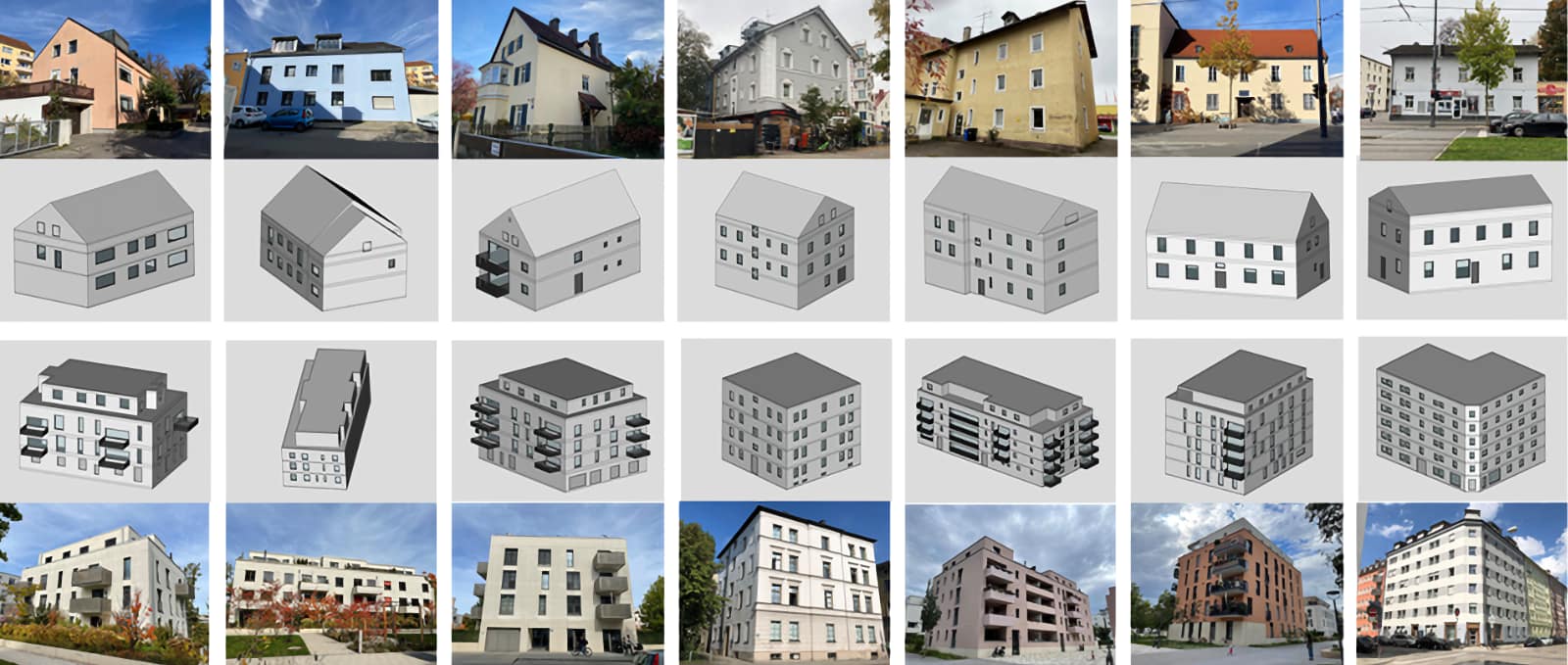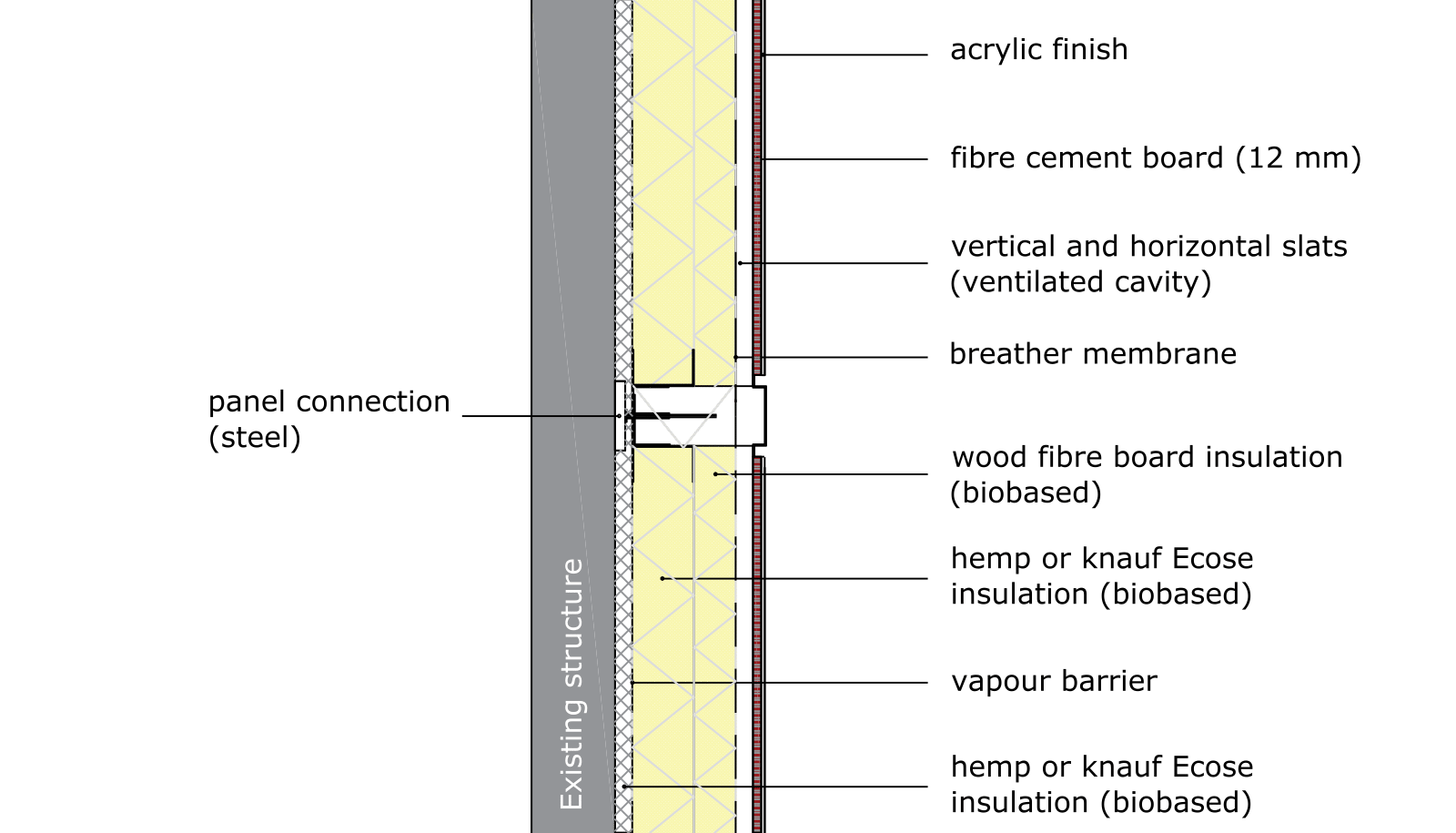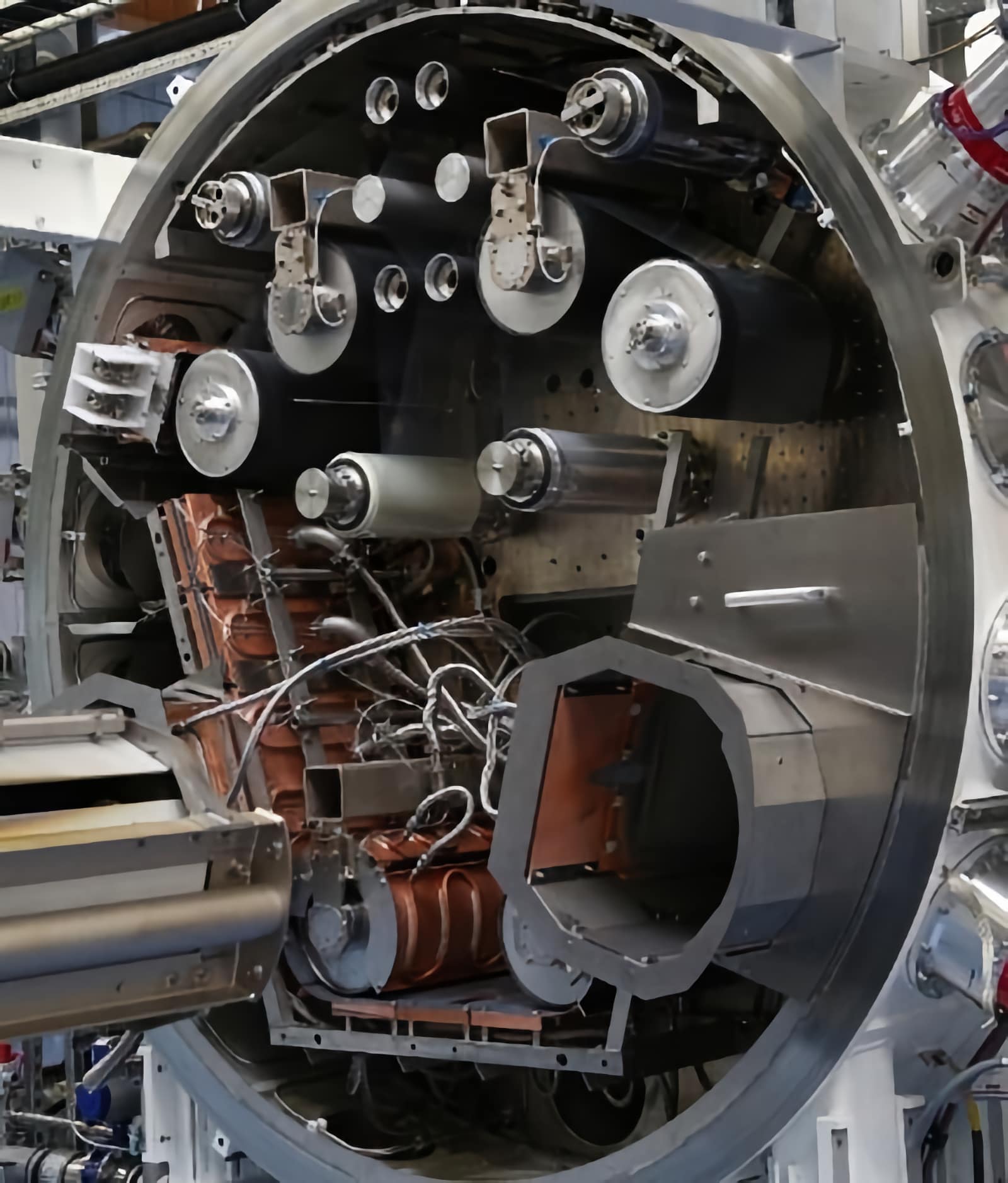
ISBN 978-90-833861-4-0
Editorial
-
This Special Issue compiles results of EU H2020 funded projects working on the development of multi-functional envelope solutions for deep renovation of buildings. The projects have a common and aligned objective to develop and demonstrate plug & build smart components, including insulation materials, heating and cooling elements, ventilation, smart windows, energy production, solar harvesting, and storage with necessary connecting and controlling parts to be integrated in a prefabricated envelope system. They highlight that plug & build solutions are suitable for mass production...
Articles
-
The current research presents the design and development of a prefabricated modular façade solution for renovating residential buildings. The system is conceived as an industrialised solution that incorporates solar harvesting technologies, contributing to reducing energy consumption by employing an “active façade” concept.
One of the main challenges was to achieve a highly flexible solution both in terms of geometry and enabling the incorporation of different solar-capturing devices (photovoltaic, thermal, and hybrid). Therefore, to be able to provide alternative customised...
-
Following the need of urban areas to maintain the existing building stock and simultaneously upgrade the overall energy performance, the renovation down-to-nZEB state has already become a necessity. In this regard, a vast range of prefabricated solutions have been developed lately. The main objective of such solutions would be not only to constitute an effective system to tackle building energy consumption but also to be versatile in terms of implementation and economic viability. In this regard, an adaptable off-site prefabricated envelope solution with an embodied HVAC system called...
-
Active glazing components, which can dynamically regulate incoming solar radiation, are particularly interesting, as they simultaneously impact multiple aspects, such as thermal and visual comfort and overall energy consumption. Near-infrared EC windows (also referred to as “plasmochromic”) enable selective spectral control of the incoming solar radiation and efficiently respond to ever-changing lighting, heating and cooling requirements. They allow to selectively filter a large amount of near-infrared solar radiation passing through the window, thus blocking solar heat gain during hot...
-
An immediate paradigm shift is needed to transform the deep renovation market for improved building performance and expanded energy efficiency horizons. The financial, social, and sustainability challenges of the EU targets suggest research towards reliable, inter-compatible, and interoperable solutions aiming at combining different energy conservation measures. This work proposes the implementation of a lightweight Plug-and-Play (PnP) building system for façade renovation using a set-based design approach. The PnP module, based on a main structure in the form of a Light Steel Frame...
-
The residential sector is responsible for the largest share of global energy consumption, while the existing building stock in Europe is relatively old. This issue, in combination with the low rate of new constructions, highlights the necessity for deep renovation of existing buildings to reach NZEB standards. At the same time, in the last decades, off-site prefabricated solutions have gained popularity in the building market, allowing the reliable and effective integration of diverse components and reducing the total renovation cost and occupants’ disturbance. The current study...
-
A key barrier in building-facade renovation processes is that, contrary to new designs, an initial building model where the design process is based rarely exists, and the technologies usually employed to create it (e.g., based on point cloud scanning) are costly or require modeling skills. This situation is a clear limitation, especially in early decision stages, where the level of detail required is not very high, and the analysis and studies to consider the renovation plan (e.g., simplified energy simulations and renovation potential, or estimation of the number, types, and dimensions...
-
In this paper, the economic competitiveness for deep retrofit actions between the industrialised off-site and the traditional on-site approaches are discussed by using a comparative Life Cycle Costing (LCC) analysis. This assessment was based on a deep analysis of all renovation-related cost and timing processes, from design to operation and maintenance phases. The study was based on three retrofit scenarios for an existing building in Italy undergoing a deep renovation. The Life Cycle Inventory (LCI) was developed starting from real costs and a list of bills collected by the design team...
-
Buildings and the construction industry at large are significant contributors to the catastrophic climate breakdown. The built environment is responsible for 37% of the total global carbon emission, of which about a third arises from the energy used to produce building and construction materials, usually referred to as embodied carbon. One of the key strategies to reduce the environmental impact of buildings is to significantly improve their energy efficiency, which is referred to as deep renovation. Prefabricated building envelope elements intended to prevent heat loss through the...
-
Advances in the energy management of buildings are essential for reducing the carbon footprint in the building sector. Applying special window coatings of varying optical properties offers new chances for improved energy efficiency. Thermochromic vanadium oxide (VO2) is an important material for this development and is, therefore, one of the most investigated thermochromic materials. It changes its transmittance in the infrared spectral range in response to a changing temperature. In this study, VO2 coating was deposited on ultra-thin flexible glass in a continuous roll-to-roll...
